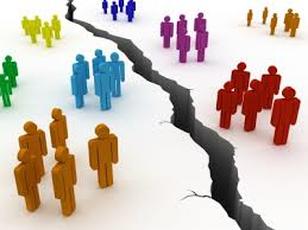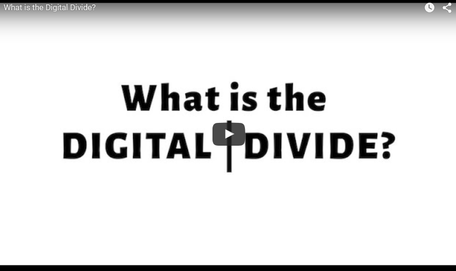Definition:
 Image from Gracewilliams, 1990.
Image from Gracewilliams, 1990.
The term digital divide was first coined by Lloyd Morrisett, president of the Markle Foundation and has been in use for over a decade (Digital Divide, 2009). It refers to the division between those with and without access to the computer and internet (Haythornthwaite & Andrews, 2011). When focusing on ‘access’ data is often collected regarding the number of computers present in a geographic space. Beyond access lies the reality of opportunity for use. Those who collect information and data on the number of computers and internet connections often interpret this information as reflecting progress in narrowing the divide ( Fischer, 2010).
Click on the picture to view a video illustrating the digital divide around the world and some of the initiatives that have been used to try to close the digital divide gap.
Click on the picture to view a video illustrating the digital divide around the world and some of the initiatives that have been used to try to close the digital divide gap.
References:
Digital Divide. (2009). Retrieved from http://p2pfoundation.net/Digital_Divide
Fisher, J. (2010). Overcoming the Digital Divide: The Story of an Urban Middle School. Mid Western Educational Researcher, 23(2), 2- 9.
Gracewilliams. (1990). The Digital Divide. Retrieved from https://gracewilliams1990.wordpress.com/tag/world-2/
Haythornthwaite, C., & Andrews, R. (2011). E-inclusion and exclusion. In E-learning theory and practice (pp. 179-190). London: Sage.
Smith, E. (2012). What Is The Digital Divide. Retrieved from https://www.youtube.com/watch?v=Hn18X4-PSPc

